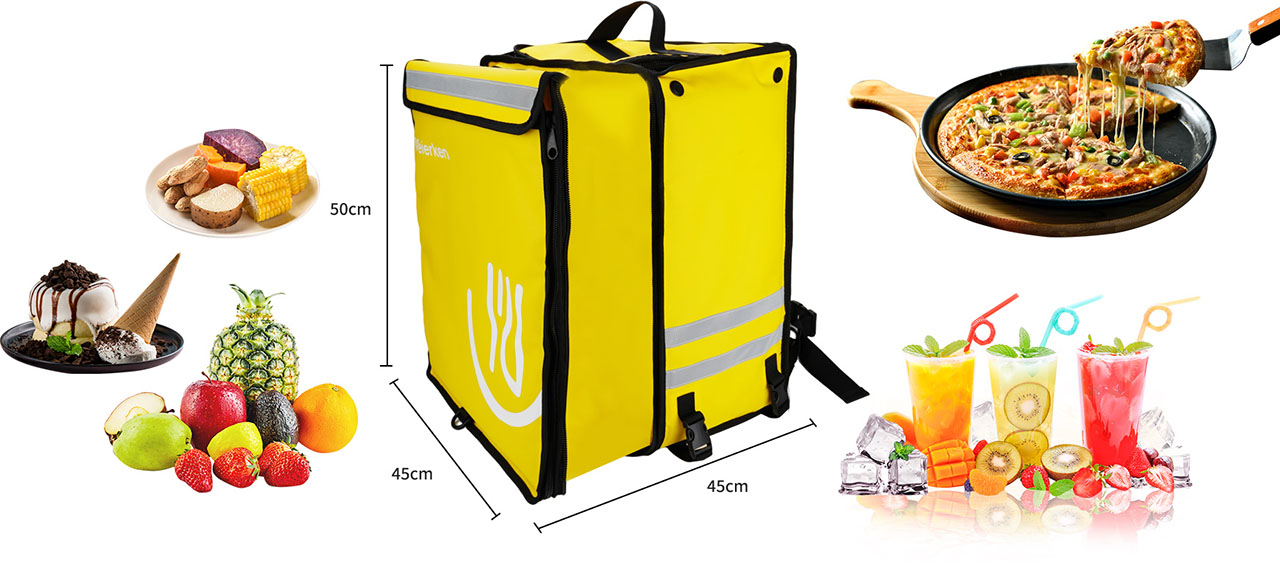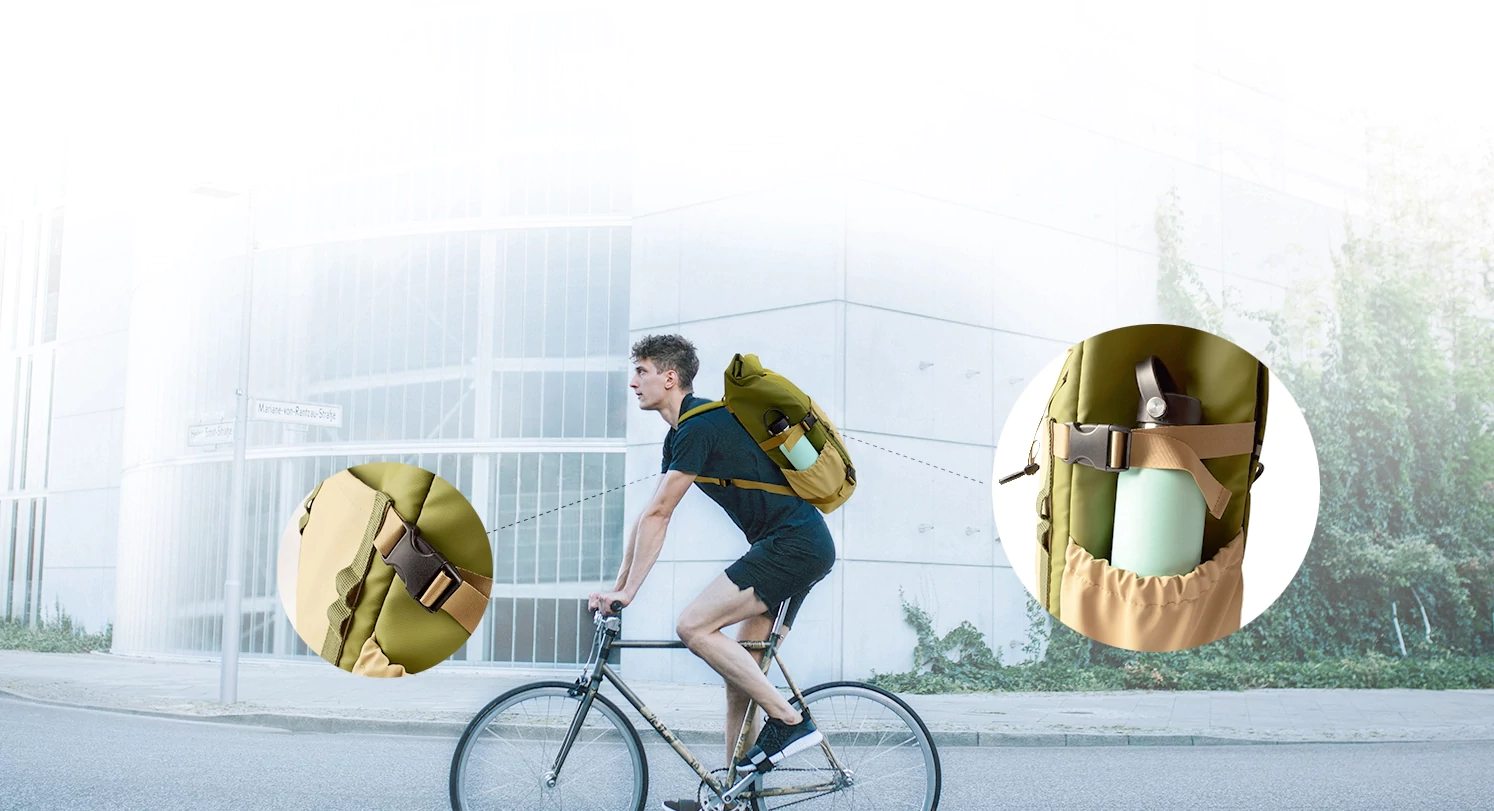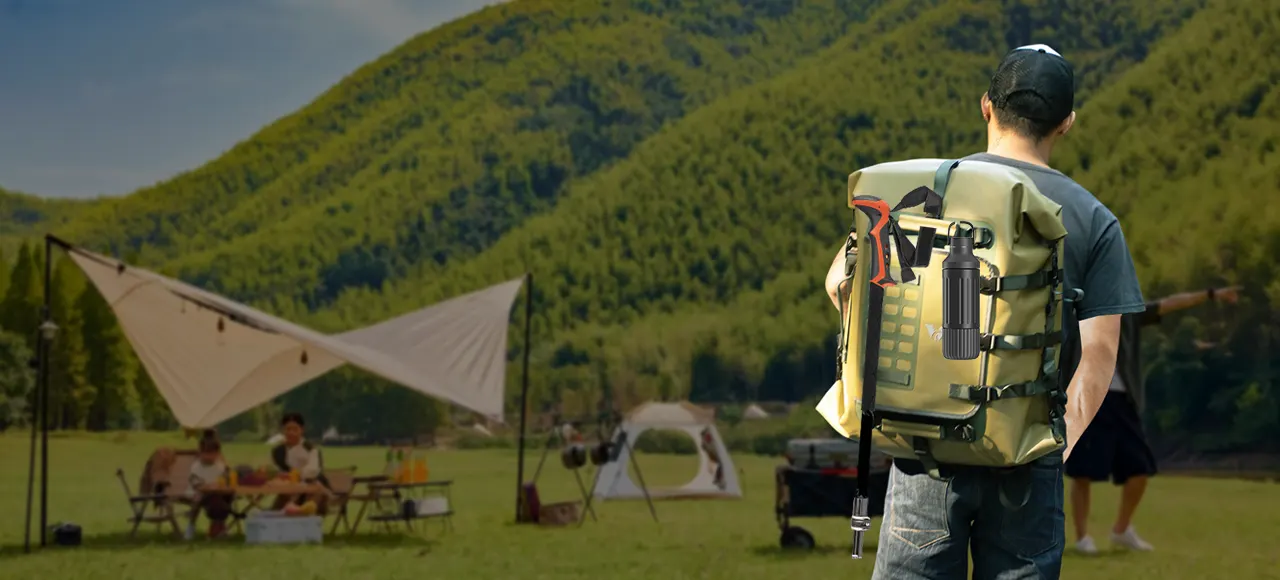The moment of truth arrived at 3,200 meters on Mount Rainier’s Disappointment Cleaver. An emerging outdoor brand’s flagship expedition pack—produced by a competent general luggage manufacturer—began failing catastrophically. The load-transfer system shifted unpredictably, the waterproof zippers froze shut at -15°C, and the hip belt’s padding compacted into uselessness under 40lbs of gear.
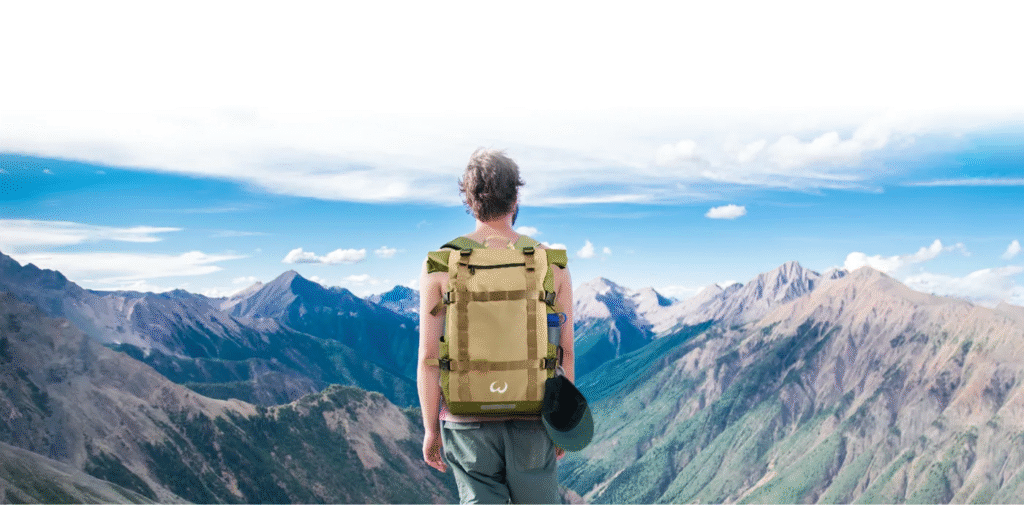
This failure underscores a critical lesson in OEM hiking bag manufacturing: technical packs are wearable infrastructure, not simple containers. The brand had selected its partner based on cost and apparent capability, missing the specialized engineering that separates recreational carriers from performance-grade systems. Through evaluating over 80 manufacturers, I’ve identified the key differentiators that determine whether your custom OEM hiking bag project delivers trail-ready performance or becomes another statistic in the 68% of outdoor product launches that underperform due to technical failures.
Engineering Your Success: 5 Pillars of a High-Performance OEM Hiking Bag
1. Activity-Specific Specialization: Beyond Generic Outdoor Claims
True expertise in hiking bag OEM manufacturing requires nuanced understanding of how packs perform across distinct outdoor disciplines:
Technical Alpine Mountaineering Systems
Dynamic weight transfer engineering accommodating sudden load shifts during climbing sequences
Low-profile harness architecture ensuring compatibility with climbing harnesses and safety gear
Critical gear access optimization enabling ice axe deployment and protection placement without removing packs
Long-Distance Thru-Hiking Configuration
Asymmetrical load management accommodating uneven food consumption and water weight variations
Strategic abrasion mapping reinforcing contact points where packs rub against rocks and vegetation
Integrated weather protection incorporating built-in rain covers that don’t compromise ventilation
Fast-Packing & Mountain Running Applications
Biomechanical synchronization ensuring pack movement harmonizes with running gait
Minimalist suspension design reducing weight while maintaining essential load-bearing capacity
Strategic compartmentalization separating wet gear, electronics, and emergency equipment
Weierken’s development methodology exemplifies this specialized approach—their design team includes former mountain guides who conduct 100+ kilometer field tests, identifying issues like hydration hose freeze points or strap adjustment limitations while wearing gloves in sub-zero conditions.
2.Technical Process Specialization: Engineering for Real-World Conditions
Standard manufacturing techniques consistently fail under hiking-specific demands. These specialized processes distinguish authentic OEM hiking bag manufacturer partners:
Vibration & Impact Management
Triaxial bar-tack reinforcement at 15-18 critical stress points versus standard 6-8 point patterns
Stitch density calibration (9-12 stitches/inch for primary load paths versus recreational 6-8)
Directional force channeling engineering that redirects impact forces away from seam intersections
Integrated Carrying Systems
Helmet attachment engineering providing secure external carry without compromising balance
Tool-specific retention systems with protective separation for sharp implements and electronics
External gear interface utilizing silent magnetic quick-releases and tool-free adjustment systems
Thermal & Ventilation Architecture
Multi-dimensional airflow channels creating 18-25mm ventilation gaps without sacrificing load stability
Moisture-wicking back panels incorporating antimicrobial treatments to prevent odor buildup
Strategic insulation zoning protecting temperature-sensitive contents in extreme environments
Weierken’s engineering team recently solved a persistent pressure point issue for a Scandinavian brand by developing a graduated density foam system that distributed weight across the entire hip belt while eliminating specific pressure points that caused numbness during extended carries.
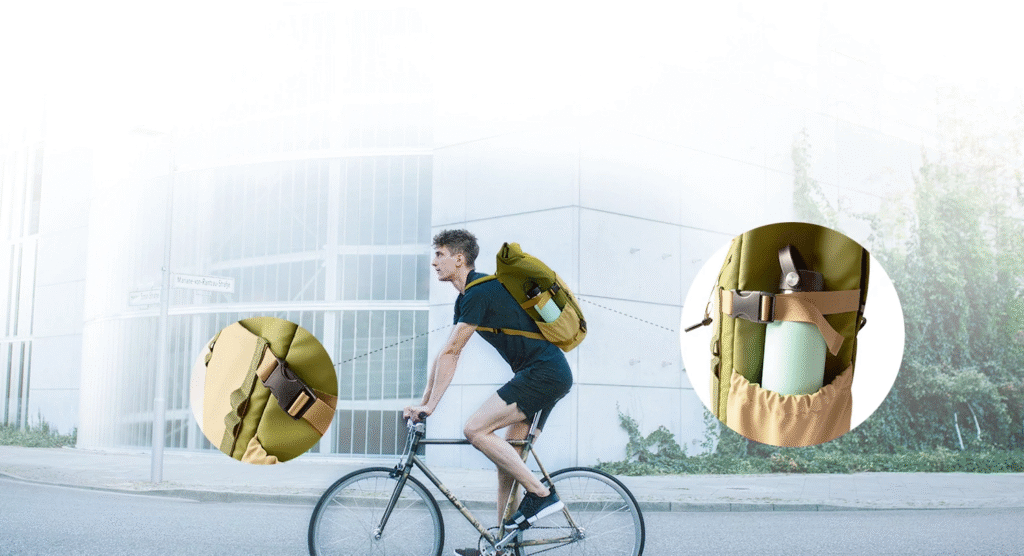
3.Supply Chain Integrity: From Raw Material to Finished Product
Premium hiking bag OEM manufacturing demands vertical control over material provenance and component quality:
Material Traceability Systems
Mill verification protocols ensuring nylon and polyester specifications exceed industry abrasion standards
Coating consistency monitoring for durable water repellent treatments across production batches
UV resistance validation through accelerated weathering tests simulating years of sun exposure
Component Partnership Network
YKK waterproof zipper integration with custom weather-sealing and cold-temperature flexibility
Duraflex hardware certification verifying performance across temperature extremes from -40°C to 70°C
Foam compression resistance engineering for shoulder straps and hip belts based on intended load ranges
Weierken maintains an extensive materials library with technical specifications for 250+ fabrics and components, enabling clients to make data-driven selections based on verified performance metrics rather than marketing claims.
4. Compliance & Validation: Bridging Certification and Real Performance
International standards represent the baseline, not the ceiling, for technical pack validation:
Essential Certifications
CE marking demonstrating compliance with European health, safety, and environmental standards
ROHS compliance ensuring restricted substance adherence throughout the supply chain
BSCI audit certification verifying social responsibility and ethical manufacturing practices
Performance Validation Testing
Accelerated abrasion testing simulating 5+ years of trail use through 25,000+ rub cycles
Dynamic load testing replicating trail impacts and sudden weight shifts
Environmental simulation including UV exposure, temperature cycling, and water resistance validation
Weierken’s testing facility exceeds standard requirements with specialized equipment including robotic mannequins that simulate hiking motions across varied terrain, identifying potential failure points before production.
5. The OEM Selection Matrix: Technical Specialist vs. Conventional Manufacturer
Technical R&D Capabilities
Specialized OEM: Engineering team with field experience; biomechanical understanding
Traditional Manufacturer: Design-focused team; limited technical outdoor expertise
Material Selection & Sourcing
Specialized OEM: Technical fabric partnerships; traceability systems; mill-direct relationships
Traditional Manufacturer: Commodity material procurement; limited technical options
Testing & Validation Protocols
Specialized OEM: Field testing programs; third-party certification; failure analysis
Traditional Manufacturer: Basic factory checks; limited field validation; self-certification
Production Methodology
Specialized OEM: Technical construction techniques; specialized outdoor gear equipment
Traditional Manufacturer: Standard bag manufacturing; limited technical differentiation
Minimum Order Flexibility
Specialized OEM: MOQs 500-2,000 units based on complexity; technical development fees
Traditional Manufacturer: Lower MOQs possible; limited engineering oversight
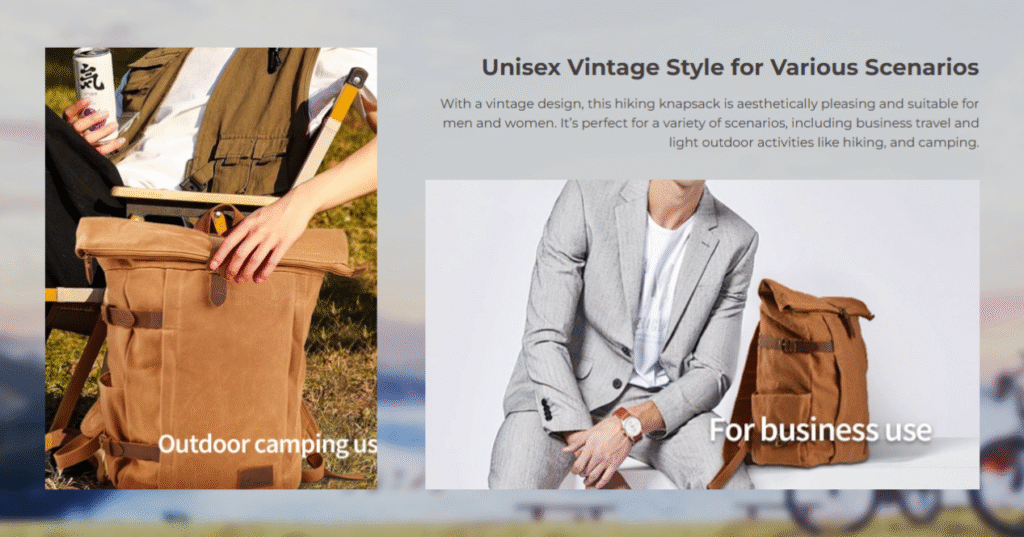
Beyond Manufacturing to Technical Partnership
Selecting your hiking bag OEM manufacturer requires looking beyond unit costs and basic specifications. The distinction between adequate and exceptional emerges from specialized knowledge, technical capabilities, and validation rigor. Manufacturers like Weierken have established their reputation by understanding that hiking packs represent integrated systems where comfort, durability, and functionality intersect under demanding conditions.
The most successful brand partnerships develop when manufacturers contribute engineering expertise alongside production capacity. Before committing to any OEM hiking bag manufacturer, verify their specialized capabilities through client references, sample validation, and transparent documentation of their technical processes and testing protocols.
Frequently Asked Questions
Q1: What represents a realistic minimum order quantity for technical hiking bag OEM projects?
A: Authentic technical hiking designs typically require 500-1,500 unit MOQs depending on material complexity and customization depth. Weierken employs a modular approach—beginning with 400 units for designs sharing foundational components across multiple SKUs, scaling to 2,500+ units for fully custom expedition systems with proprietary features.
Q2: How can brands verify weight capacity claims from potential OEM manufacturers?
A: Demand third-party testing documentation following ASTM F2153 standards. Additionally, conduct dynamic testing using weighted mannequins simulating trail movements. Weierken provides clients with comprehensive video documentation of load testing procedures, including controlled drop tests and extended endurance cycles under varying environmental conditions.
Q3: What sustainable material options maintain performance standards for technical hiking bags?
A: Recycled nylons (often utilizing fishing nets or post-consumer waste) now match technical performance of virgin materials. Additionally, PFC-free water repellents and solution-dyed fabrics significantly reduce environmental impact. Weierken’s Eco-Expedition series incorporates 75% recycled content while maintaining all technical performance benchmarks through advanced material engineering.
Q4: What timeframe should brands anticipate for complete OEM development cycles?
A: Comprehensive development typically spans 10-14 weeks from initial briefing to production-ready samples. This encompasses material sourcing, prototyping, testing, and refinement phases. Weierken’s most accelerated complete development project required 52 days for an urgent product launch, achieved through parallel processing and dedicated technical teams.
Q5: What design inputs prove most valuable when approaching potential OEM manufacturers?
A: Provide detailed user journey maps, comprehensive gear lists, and specific pain points identified in current products. Photographs documenting gear organization preferences and movement restriction issues often prove more valuable than technical specifications alone. Weierken’s most successful collaborations originated with clients sharing detailed packing configurations and video documentation of trail usage scenarios.
Request Your Custom Supplier Assessment
Submit your requirements to receive our specialized OEM evaluation checklist and a personalized manufacturer matching report based on your specific product needs and business objectives.

